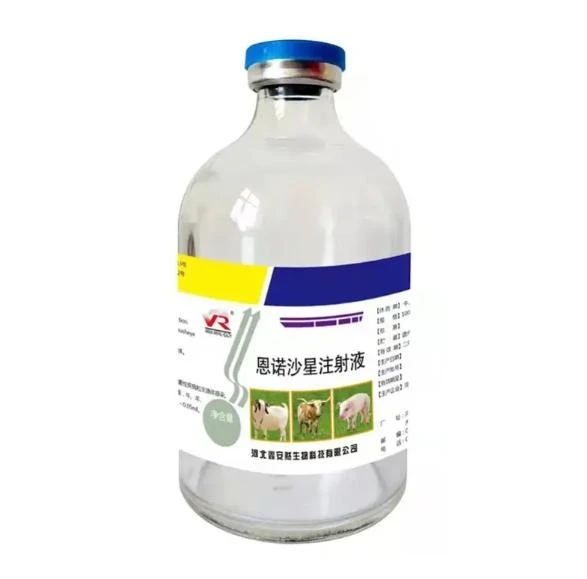- Afrikaans
- Albanian
- Amharic
- Arabic
- Armenian
- Azerbaijani
- Basque
- Belarusian
- Bengali
- Bosnian
- Bulgarian
- Catalan
- Cebuano
- Corsican
- Croatian
- Czech
- Danish
- Dutch
- English
- Esperanto
- Estonian
- Finnish
- French
- Frisian
- Galician
- Georgian
- German
- Greek
- Gujarati
- Haitian Creole
- hausa
- hawaiian
- Hebrew
- Hindi
- Miao
- Hungarian
- Icelandic
- igbo
- Indonesian
- irish
- Italian
- Japanese
- Javanese
- Kannada
- kazakh
- Khmer
- Rwandese
- Korean
- Kurdish
- Kyrgyz
- Lao
- Latin
- Latvian
- Lithuanian
- Luxembourgish
- Macedonian
- Malgashi
- Malay
- Malayalam
- Maltese
- Maori
- Marathi
- Mongolian
- Myanmar
- Nepali
- Norwegian
- Norwegian
- Occitan
- Pashto
- Persian
- Polish
- Portuguese
- Punjabi
- Romanian
- Russian
- Samoan
- Scottish Gaelic
- Serbian
- Sesotho
- Shona
- Sindhi
- Sinhala
- Slovak
- Slovenian
- Somali
- Spanish
- Sundanese
- Swahili
- Swedish
- Tagalog
- Tajik
- Tamil
- Tatar
- Telugu
- Thai
- Turkish
- Turkmen
- Ukrainian
- Urdu
- Uighur
- Uzbek
- Vietnamese
- Welsh
- Bantu
- Yiddish
- Yoruba
- Zulu
10 月 . 12, 2024 05:53 Back to list
enrofloxacin injection for dogs
Enrofloxacin Injection for Dogs An Overview
Enrofloxacin is a broad-spectrum antibiotic belonging to the fluoroquinolone class, widely used in veterinary medicine, particularly for canine health. It is effective against a range of Gram-negative and some Gram-positive bacteria, making it a vital tool in treating various infections in dogs. This article will explore the applications, dosage, side effects, and important considerations associated with enrofloxacin injection for dogs.
Applications of Enrofloxacin
Enrofloxacin is primarily used to treat bacterial infections in dogs, including urinary tract infections, skin infections, respiratory infections, and certain gastrointestinal infections. Its efficacy against common pathogens such as Escherichia coli, Salmonella, and Klebsiella makes it a go-to option for veterinarians when traditional antibiotics may not suffice. Additionally, enrofloxacin is often reserved for serious infections or those caused by antibiotic-resistant bacteria due to its potency.
The drug works by inhibiting bacterial DNA gyrase, an essential enzyme required for DNA replication, thereby preventing the bacteria from multiplying. This bactericidal effect helps in effectively reducing the bacterial load, allowing the dog’s immune system to combat the remaining infection.
Dosage and Administration
Enrofloxacin is available in various formulations, including injectable solutions, oral tablets, and flavored chewable forms. The injectable form is especially useful in cases where immediate action is needed or when the dog is unable to tolerate oral medications due to vomiting or severe illness. Veterinary professionals often tailor the dosage based on the dog’s weight, age, the type of infection, and overall health.
enrofloxacin injection for dogs

Typical dosages range from 5 to 20 mg per kilogram of body weight, administered once daily for a duration determined by the veterinarian. It is crucial that pet owners follow the prescribed dosage and complete the entire course of medication, even if symptoms improve before finishing the treatment.
Side Effects and Precautions
Like any medication, enrofloxacin may cause side effects, although they are generally mild. Common side effects include vomiting, diarrhea, and decreased appetite. Some dogs may also experience more severe reactions, such as tendon damage or central nervous system effects, particularly in older dogs or those with pre-existing conditions.
It is vital to avoid using enrofloxacin in young, growing dogs as it can lead to cartilage damage. Additionally, enrofloxacin should not be administered concurrently with certain medications, like antacids or non-steroidal anti-inflammatory drugs (NSAIDs), as they can interfere with its efficacy.
Before starting treatment, veterinarians typically conduct a thorough assessment of the dog’s health history and any concurrent medications to mitigate risks. Regular follow-ups may be recommended to monitor the dog’s response to treatment.
Conclusion
Enrofloxacin injection is a potent antibiotic that can be a lifesaver for dogs suffering from serious bacterial infections. When used appropriately and under veterinary guidance, it can effectively treat various health issues, aiding in the recovery of pets. As with any medical treatment, communication with a veterinarian and adherence to prescribed protocols are essential for ensuring the safety and well-being of the canine patient. By understanding the uses and precautions associated with enrofloxacin, pet owners can play a critical role in their dog's health management.
-
The Power of Radix Isatidis Extract for Your Health and Wellness
NewsOct.29,2024
-
Neomycin Sulfate Soluble Powder: A Versatile Solution for Pet Health
NewsOct.29,2024
-
Lincomycin Hydrochloride Soluble Powder – The Essential Solution
NewsOct.29,2024
-
Garamycin Gentamicin Sulfate for Effective Infection Control
NewsOct.29,2024
-
Doxycycline Hyclate Soluble Powder: Your Antibiotic Needs
NewsOct.29,2024
-
Tilmicosin Premix: The Ultimate Solution for Poultry Health
NewsOct.29,2024













